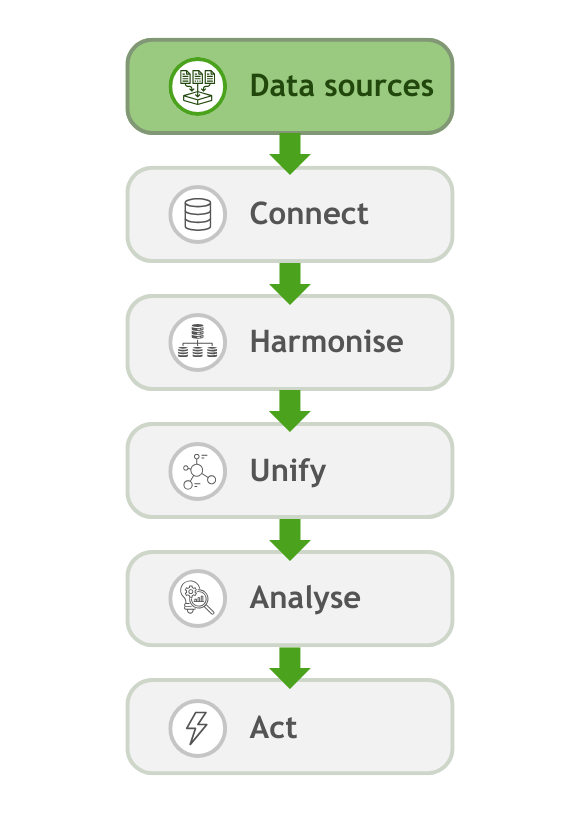Recently we attended and exhibited at the Government ICT, one of the most significant IT Public sector events in the UK. When listening to the keynotes and speaking to IT leaders from a variety of governmental bodies, the issue of citizen data sharing often came up. And no wonder, by leveraging its data organisations can provide betters service to the citizens, improve outcomes and drive efficiencies.

Infomentum at the Government ICT event
Can government bodies make the full use of data?
"The government has barely scratched the surface of what it needs to do so it can use data to deliver joined-up public services and increase efficiency. This will not be a quick or simple task as there are significant challenges." states a recent Parliament report.
There are many barriers to data sharing, even between governmental bodies. Lack of government-wide data standards; ageing IT systems; fragmented leadership; and culture that does not support sharing data across departmental boundaries are among others that slow down data sharing.
Without a doubt, when it comes to data privacy, the debate about how to use citizens' data must be had in public, with the public. In the day to day, we share a great deal of information about ourselves, especially on social media, but how does this translate to government services? When one changes the address, would we prefer to update the government of that move once? Would we like to get access to the best-suited benefits or even the correct prescription faster, as the organisation providing that service already has accurate information on us? The answers to these questions are not always straight forward. Many would like to receive a better service, but are they willing to share their data in return?
The reason people might be more protective of their data are the cases of Government bodies using personal data without individuals consent, that have recently circulated the media. An example of this is the Department for Education (DfE) defying data protection requirements when it shared information about children with the Home Office for immigration enforcement purposes. It took a legal action brought by ABC and a boycott in which 200,000 families took part, for the DfE to announce that it would no longer ask schools to collect nationality and country of birth data through the school census.
Is Yes or No enough?
What does this mean for the governmental bodies? Can we progress and use data to improve citizens services and increase efficiency before the standards are created, signed off and shared? We think so! At the Gov ICT event we also heard an inspirational case study of DWP told by their CDIO Simon McKinnon. He explained how the organisation is utilising the power of APIs (Application Programming Interface) to integrate their systems and share data. APIs, for those unaware, are intermediaries that allow applications to talk to each other and is a popular tool that is used to integrate and connect siloed and legacy systems. Simon said it's often enough to confirm whether the information is correct. A Yes or No answer without exposing the complete set of data could be sufficient.

Is Yes or No enough?
The talk resonated with an example that Jacqui Leggetter, Integration Lead from DWP, gave late last year at the MuleSoft Connect event. Jacqui shared a project that DWP was working on - a free NHS prescription entitlement check service. DWP use APIs and microservices to validate the individual, check their National Insurance number and the benefits they receive.The data collected via these APIs is used to run the check for free prescription entitlement. The pharmacist then gets a Yes/No answer right at the point of sale and offers the correct service. All information the pharmacy requires is whether the person is on benefits or not; there is no need to access all personal details such as names, address, NI number, date of birth etc.
By implementing a Yes/No data check via APIs, organisations can not only provide better quality services to their end-users but also run operations more efficiently. This simple integration can save a lot of time and effort fixing mistakes, issuing refunds and chasing payments.
Learn more about how API-led integration can help transform your business on our Integration Services page.







